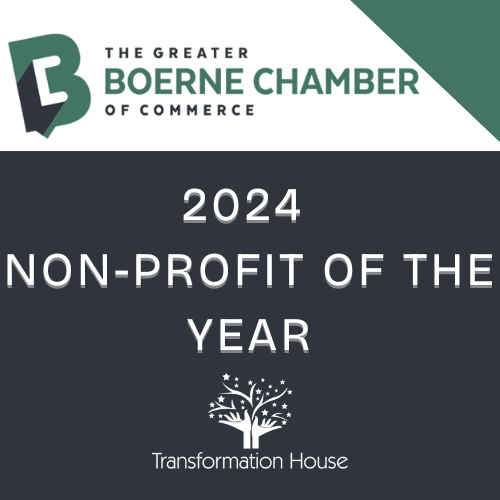Domestic Violence Remains An Epidemic
Theresa Galán-Bruce, DMin, LCSW
October 2, 2023
As my fingers hover over the keys, I struggle to provide a succinct narrative that conveys the tragic reality that is Intimate Partner Violence (IPV)/ Domestic Violence (DV). The phrases IPV/DV will be used interchangeably throughout this blog. DV remains an epidemic within our society. To begin, why use the language of the epidemic? Ask yourself, does that word not fit, when 1 out of 4 women experience DV/IPV in their lifetime? Within rural communities, the incidence is higher 1 out of 3 women experience DV/IPV. Nearly 20 people per minute are physically abused by an intimate partner in the United States. For one year, this adds up to more than 10 million individuals. What about the children living in these violent homes? 1 in 15 children are exposed to intimate partner violence each year, and 90% of these children are eyewitnesses to this violence. Though hard to imagine, these numbers may be higher. According to research, only 10% to 25% of incidents of IPV/DV are reported, which indicates higher incidences overall. On average, more than 3 women are murdered by their intimate partners in the U.S. every day. In 2021 in Texas, 204 individuals were killed by their intimate partners. In that same year, Boerne experienced one IPV/DV homicide. A woman was killed by her husband in a murder suicide leaving six children without their parents.
Research reports that IPV/DV impacts girls as young as 16 thus predisposing them to continued abuse throughout their lifetime. According to the Texas Advocacy Project, girls, and young women between the ages of 16 to 24 experience the highest rate of IPV/DV, note in Texas this rate is triple the national average. Additionally, the literature states that as women age the abuse is not arrested but continues often to the age 85. Ponder that for a moment. Our daughters, sisters, granddaughters, and cousins, as well as our mothers, grandmothers, aunts, sisters, and mothers-in-laws, may be experiencing IPV/DV. How can help them? How can we help remove the stigma and shame that keeps them in the shadows? How do we help them see that what they are experiencing is actual abuse and it is wrong?
Raising awareness presents many challenges, but these challenges must be jettisoned if we hope to reduce the number of families impacted by this epidemic. The National Network to End Domestic Violence (NNEDV) defines DV as follows “Domestic Violence is a pattern of coercive, controlling behavior that can include physical abuse, emotional or psychological abuse, sexual abuse, or financial abuse (using money and financial tools to exert control). Though the NNEDV did not list spiritual abuse as a separate domain, both research and my experience as a clinician recognize spiritual abuse as an element of IPV/DV. Spiritual abuse serves as an extremely effective mechanism to maintain control and perpetuate abuse toward women.
IPV/DV seeps into every facet of society. While domestic violence does not discriminate based on gender, ethnicity, income, education, religion, and overall social status, women do disproportionately suffer at higher rates than men. Working in a rural community, I recognize that we can no longer work in silos but must work in concert to tackle this ubiquitous epidemic Though an ambitious endeavor, this blog aims to build constituencies within the community that include faith leaders, law enforcement, advocates, media, community mental health, emergency shelters, and other social service agencies. Only by working collectively can we hope to find a solution to address the epidemic of DV.
While a comprehensive summary falls outside of the scope of this blog, I will endeavor to provide further exposition on the most relevant topics. Over the next twelve months, a blog will be published every quarter that addresses salient issues. The initial blog will be a basic introduction to IPV/DV. What does IPV/DV look like? Is it abuse if there is no physical violence? To further explicate what constitutes abuse, a juxtaposition of IPV/DV with healthy relationships will be underscored. Part two of this initial segment focuses on what barriers internal and external keep women in the shadows preventing them from seeking the assistance they deserve. How can we as a community help facilitate the access to necessary services for these women?
The second segment concentrates on the role of faith leaders and faith communities. This is a particularly important aspect due to the reality that a high percentage of individuals in rural communities are members of a faith community. This coupled with the fact that faith leaders are usually the first point of contact when a couple experiences tension or discord in their relationship. Our hope is to engage faith leaders and invite them into partnership so that together we can begin to deconstruct the harmful elements of IPV/DV. Though provocative, it remains necessary to discuss the injurious effect of spiritual and religious abuse topic.
The third and final entry will examine why rural communities report higher incidences of IPV/DV as compared to urban areas. What are the factors at play? Additionally, research highlights how rural older women are impacted by abuse. Older women make up one end of the spectrum when talking about vulnerable populations that experience IPV/DV and situated at the other end are our children. Though distressing, I will explore how IPV/DV threatens the healthy development of children leaving them predisposed to anxiety, depression, post-traumatic syndrome, increased aggression, and physical health problems and emotional difficulties in adulthood. Don’t our children and older citizens deserve better? This series serves as A Call to Action to our community to come together and have difficult but necessary conversations. I hope to use this as a platform to build constituencies around this issue and build a collective response.


